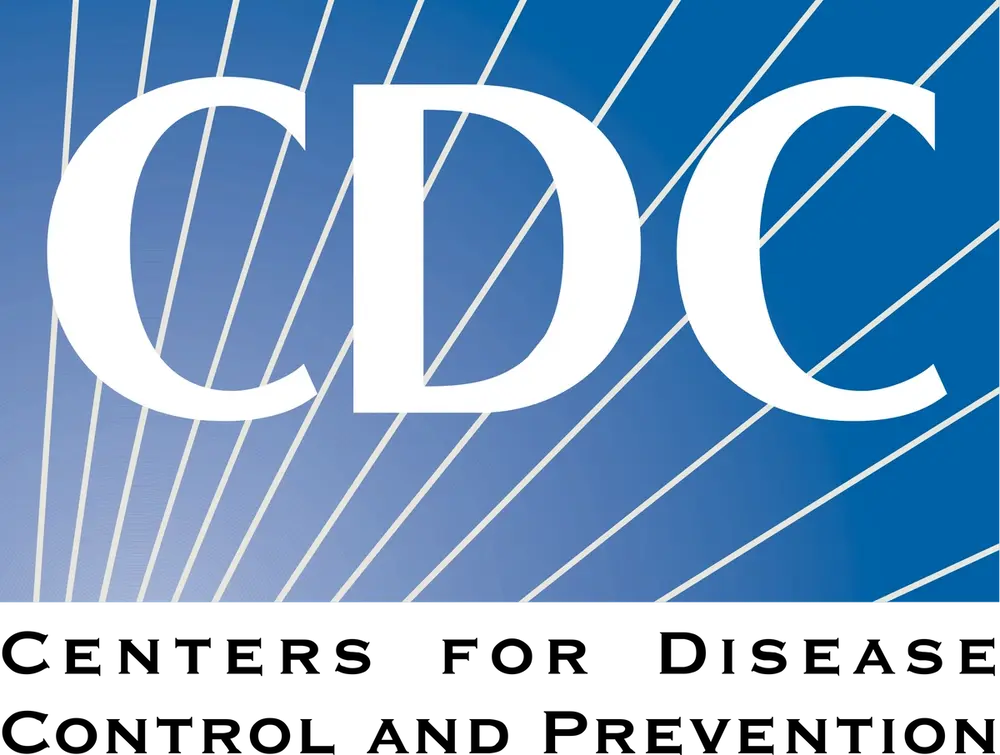COVID-19 Disrupted HIV Treatment, Prevention but Trend was Mostly Transient
A new CDC report highlights another health-related area where interruptions occurred due to the pandemic, but data suggests both improved rapidly.

The pandemic created so many disruptions across all areas of life. And certainly health care—even areas not directly related to COVID-19—was significantly impacted.
For example, HIV care saw a great reduction in testing and PrEP prescriptions. According to a recently published Centers for Disease Control and Prevention (CDC) Morbidity and Mortality Weekly Report (MMWR),HIV tests declined about 32% between the first and second quarters of 2020, and PrEP prescriptions fell about 6%.
“During quarter 1 (Q1) 2020, a total of 2,471,614 HIV tests were performed, 190,955 persons were prescribed PrEP, and 8,438 persons received a diagnosis of HIV infection,” the authors wrote. “Decreases were observed during quarter 2 (Q2), with 1,682,578 HIV tests performed (32% decrease), 179,280 persons prescribed PrEP (6% decrease), and 6,228 persons receiving an HIV diagnosis (26% decrease). Partial rebounds were observed during quarter 3 (Q3), with 2,325,554 HIV tests performed, 184,320 persons prescribed PrEP, and 7,905 persons receiving an HIV diagnosis.”
For PrEP, younger people were prescribed less frequently than older age groups. “The percentage change in the number of persons prescribed PrEP from Q1 2020 to Q2 2020 was larger among persons aged 15–24 years (−8.9%; 95% CI = −10.8 to −6.9) compared with persons aged 25–34 years (−7.8%; 95% CI = −8.7 to −6.8) and ≥35 years (−4.4%; 95% CI = −5.2 to −3.5),” the authors wrote.
The authors noted that both testing and PrEP prescriptions started to rebound in the second half of 2020, but they did not reach pre-pandemic levels until early 2021. The initial falloffs were likely due to disruptions to in-person clinic services and redeployment of public health staff to respond to COVID-19.
There is a silver lining to the report in that the provision of highly effective HIV treatment remained strong. The proportion of people linked to care after they received an HIV diagnosis—and the proportion of people with HIV with a suppressed viral load—both remained stable.
A rapid rebound in services, however, is a testament to quick, resourceful local innovations that, if scaled up and sustained, could help reach national HIV prevention goals.
The authors also mentioned that HIV self-test kits and novel opportunities for PrEP prescribing will play a greater role. The former is in the infancy stages and newer clinical services related to pharmacies and teleheath are gaining traction to serve more patients and prescribe PrEP more frequently.
And while there is a resiliency in HIV care from both the clinical and patient perspectives, only some of what is known of the total effect of the pandemic on HIV care remains understood. “The full impact of the pandemic on use of HIV prevention and care services and HIV outcomes is not known,” the authors wrote.
